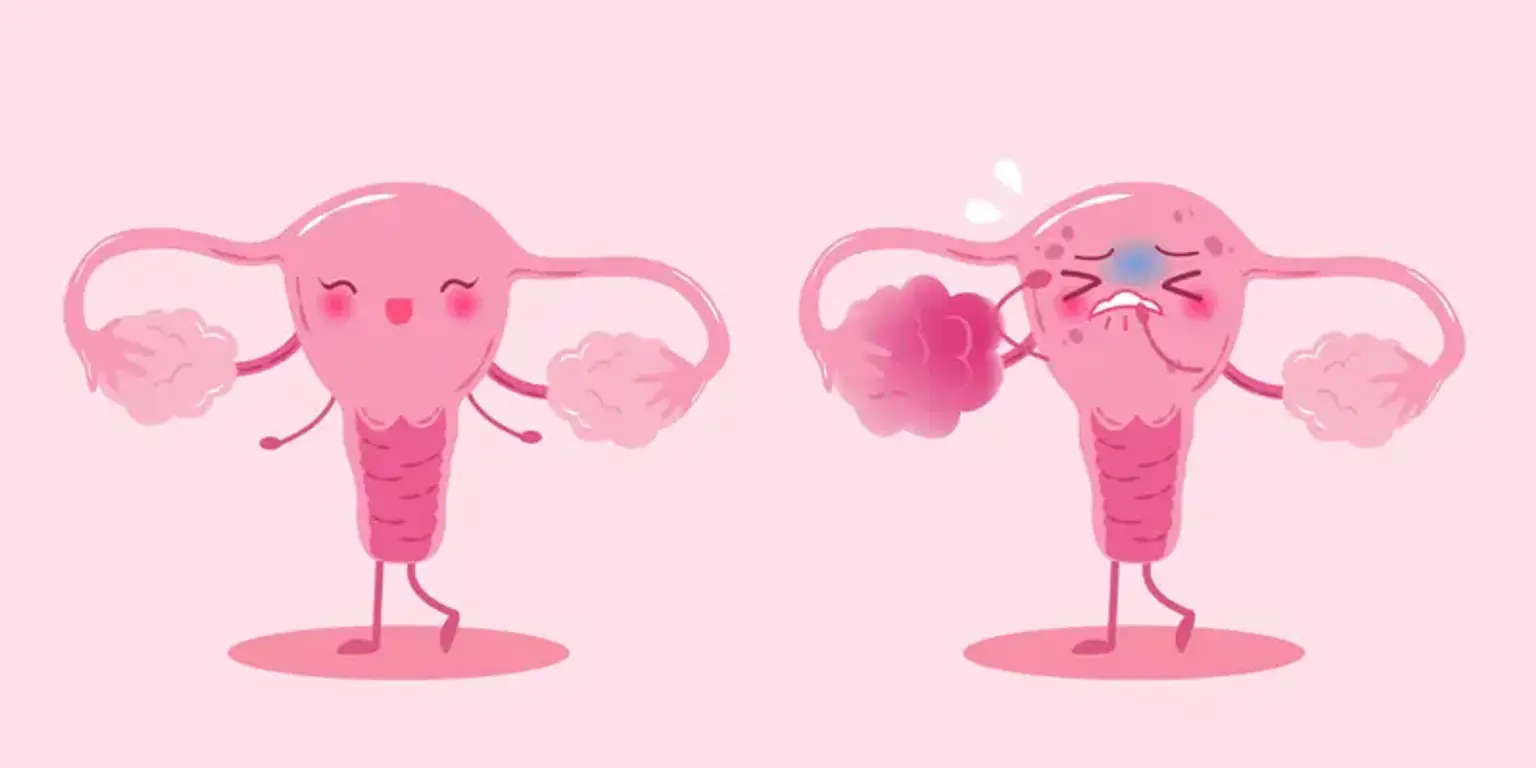Ovarian Dysfunction
Approximately 90% of women who go through menopause are thought to do so between the ages of 45 and 55, with menopause starting on average at 51 years old. The age of natural menopause has not seemed to change over the previous ten years, unlike the age of menarche, which has. These findings imply that menopause age is likely an evolutionarily conserved characteristic. Menopause that starts before age 40 is referred to as premature menopause. In the US, 1% of the population is affected by this condition. An earlier start of menopause may be due to ovarian damage brought on by chemotherapy or radiation therapy, or it may be the result of medical procedures such as surgically removing the ovaries. An abrupt drop in ovarian hormone levels and subsequently more severe menopausal symptoms are linked to surgically induced menopause. Hot flashes, sleep issues, mood instability, and low energy are some of these symptoms.
